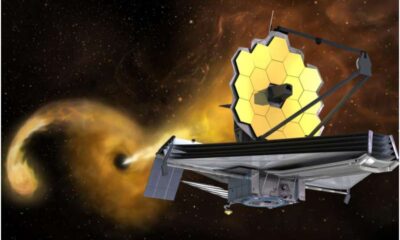Science
MIT Physicists Reinvent Double-Slit Experiment, Challenge Einstein
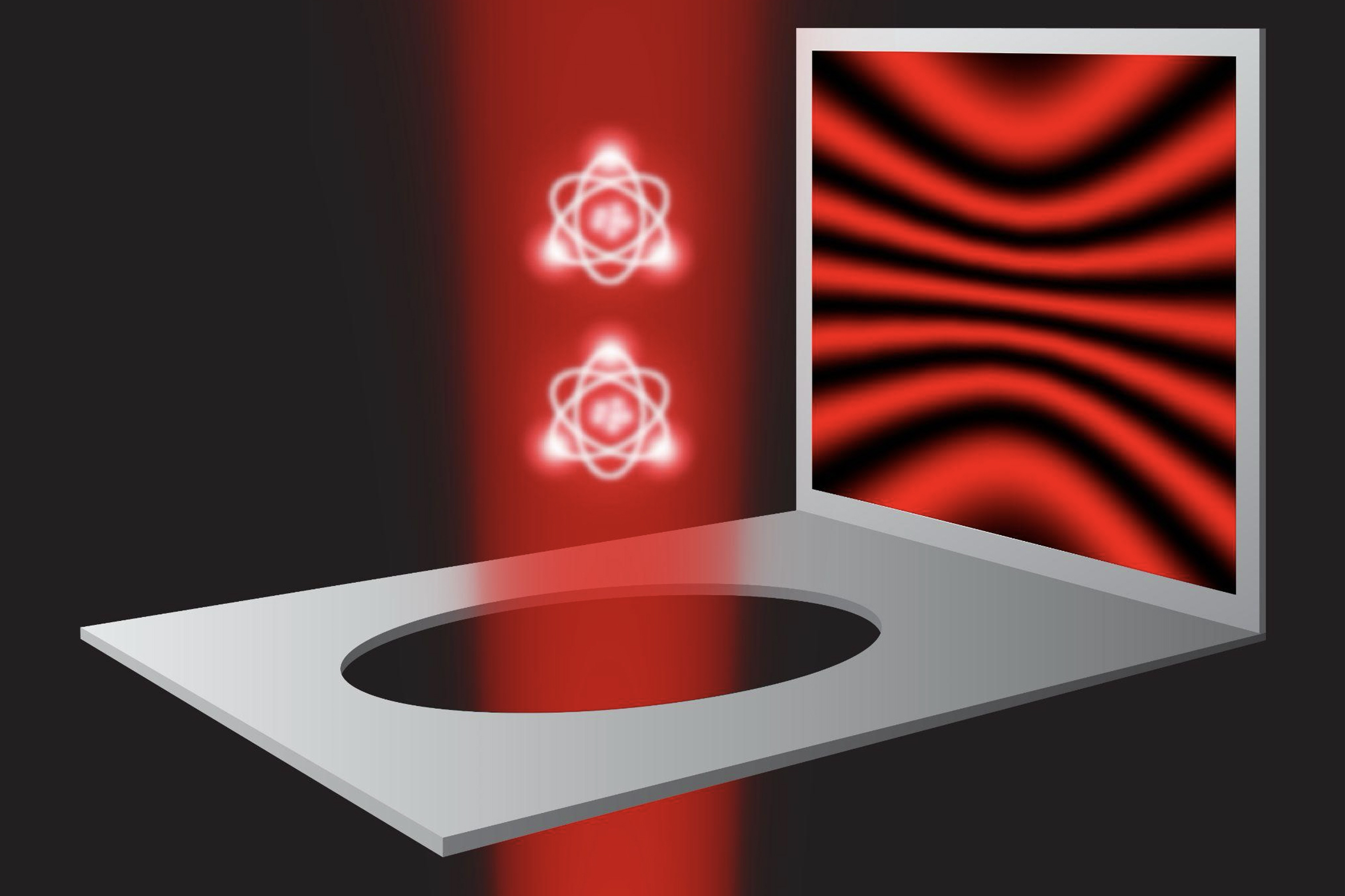
A groundbreaking experiment conducted by physicists at the Massachusetts Institute of Technology (MIT) has reaffirmed the principles of quantum mechanics while challenging a long-standing assertion made by Albert Einstein. The team successfully executed an idealized version of the double-slit experiment, known for illustrating light’s dual particle-wave nature, with unprecedented precision.
The double-slit experiment was first performed in 1801 by British scientist Thomas Young to demonstrate light’s wave-like behavior. It has since become a foundational experiment in quantum physics, revealing that light can exist as both particles and waves. However, observing one aspect inevitably obscures the other, leading to a puzzling phenomenon where light’s duality cannot be simultaneously detected.
In the original experiment, light shone through two slits produces an interference pattern rather than two distinct spots, indicating wave behavior. But when attempts are made to observe the path of light, it behaves like particles, and the interference pattern disappears. This duality has been a point of contention, particularly between Einstein and fellow physicist Niels Bohr, who debated its implications in the early 20th century.
In a recent study published in the journal Physical Review Letters, the MIT researchers, led by Wolfgang Ketterle, conducted their experiment using individual atoms as slits and weak beams of light. This innovative approach allowed them to modify the information obtained about the path of the photons, confirming predictions of quantum theory. As they gathered more information about the path, the visibility of the interference pattern diminished, demonstrating a core principle of quantum mechanics.
Ketterle explained, “What we have done can be regarded as a new variant of the double-slit experiment. These single atoms are like the smallest slits you could possibly build.” By employing over 10,000 ultracold atoms arranged in a lattice configuration, the team created conditions ideal for observing light’s behavior at the quantum level.
The experiment’s design involved cooling the atoms to microkelvin temperatures and shining a weak beam of light through them. The setup permitted the researchers to analyze how a single photon scattered off adjacent atoms, mimicking the original experiment’s conditions. The results showed a clear correlation between the degree of information obtained about the photons’ paths and the visibility of the interference pattern.
The MIT team also investigated the implications of Einstein’s hypothesis regarding detecting a photon’s path. They posited that if each slit were suspended by a spring, the photon should cause a measurable disturbance indicative of its particle nature. However, the MIT researchers demonstrated that even without the spring-like mechanism, the same phenomenon occurred, further validating the role of quantum uncertainty in light’s behavior.
“Einstein and Bohr would have never thought that this is possible, to perform such an experiment with single atoms and single photons,” Ketterle remarked. “We show that the springs do not matter here; what matters is only the fuzziness of the atoms.”
As the world prepares to celebrate the International Year of Quantum Science and Technology in 2025, the MIT findings offer a fresh perspective on a historic scientific debate. The discussion surrounding the double-slit experiment continues to captivate researchers and students alike, highlighting the complexities of quantum mechanics and light’s enigmatic nature.
This research was supported by the National Science Foundation, the U.S. Department of Defense, and the Gordon and Betty Moore Foundation.
-

 Lifestyle2 weeks ago
Lifestyle2 weeks agoBelton Family Reunites After Daughter Survives Hill Country Floods
-
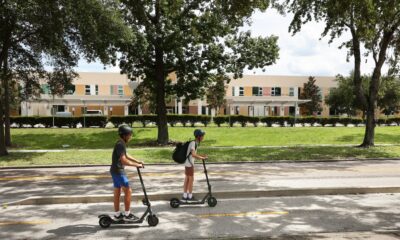
 Education2 weeks ago
Education2 weeks agoWinter Park School’s Grade Drops to C, Parents Express Concerns
-

 Technology2 weeks ago
Technology2 weeks agoByteDance Ventures into Mixed Reality with New Headset Development
-

 Technology2 weeks ago
Technology2 weeks agoMeta Initiates $60B AI Data Center Expansion, Starting in Ohio
-

 Lifestyle2 weeks ago
Lifestyle2 weeks agoNew Restaurants Transform Minneapolis Dining Scene with Music and Flavor
-

 Technology6 days ago
Technology6 days agoMathieu van der Poel Withdraws from Tour de France Due to Pneumonia
-
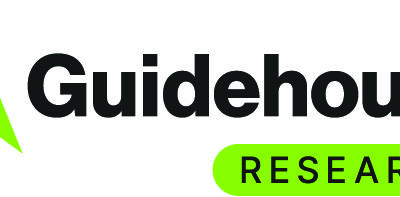
 Technology2 weeks ago
Technology2 weeks agoGlobal Market for Air Quality Technologies to Hit $419 Billion by 2033
-

 Health2 weeks ago
Health2 weeks agoSudden Vision Loss: Warning Signs of Stroke and Dietary Solutions
-
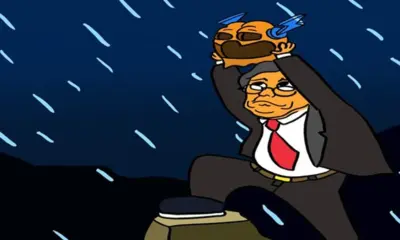
 Technology2 weeks ago
Technology2 weeks agoAnalysts Highlight Top 5 Altcoin Presales Ahead of Market Surge
-
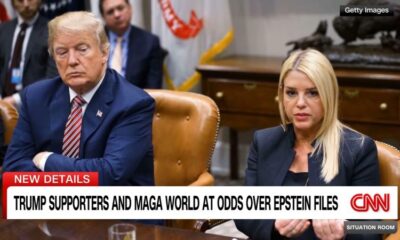
 Technology2 weeks ago
Technology2 weeks agoTrump Faces Internal Struggles Over Epstein Files Handling
-

 Technology2 weeks ago
Technology2 weeks agoRecovering a Suspended TikTok Account: A Step-by-Step Guide
-
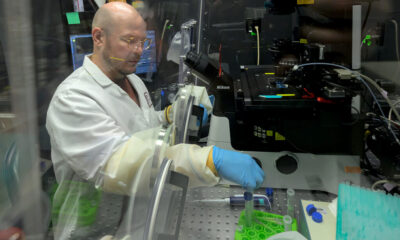
 Health2 weeks ago
Health2 weeks agoBacteria Navigate Gut Risks for Nutrients, New Study Reveals

